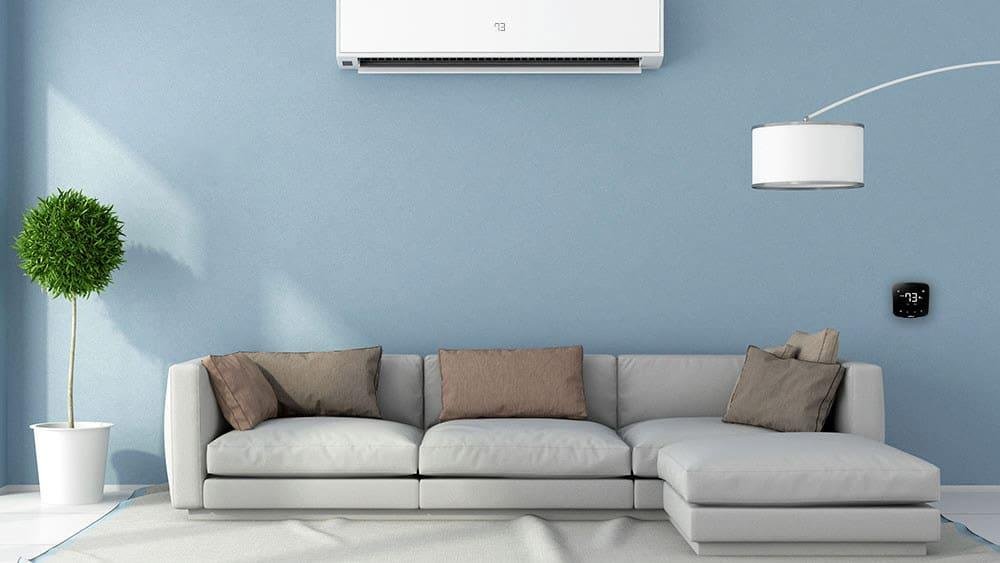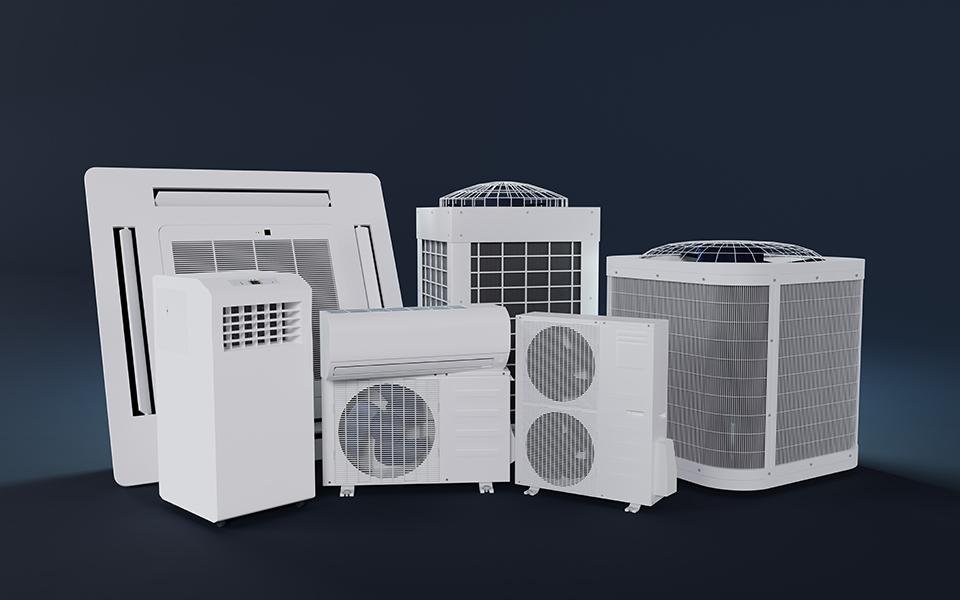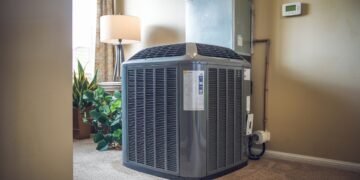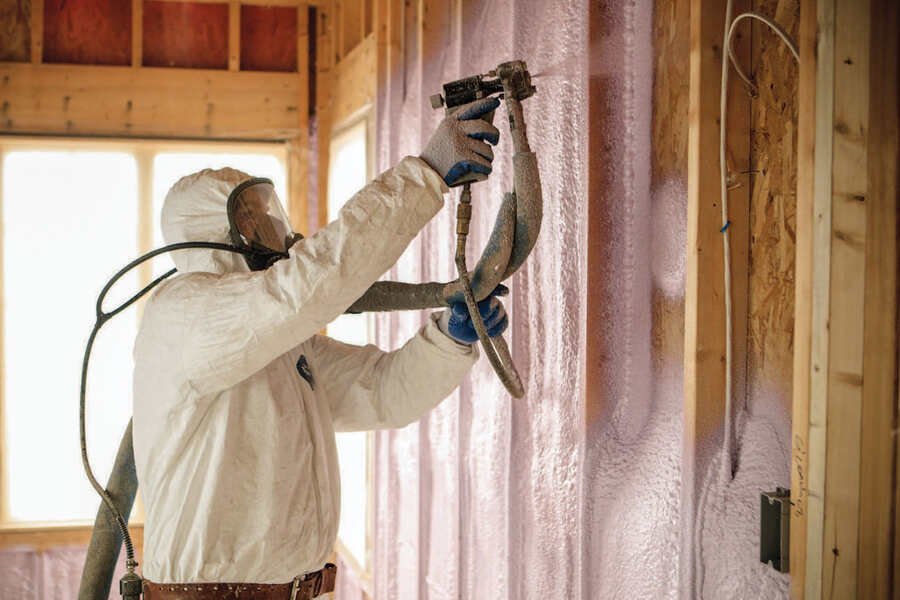The importance of having a working air conditioning system cannot be stressed enough when the famously strong Australian sun is beating down. Knowing the nuts and bolts of AC installation is important whether you’re installing a new system or replacing an old one.
In this article, we’ll navigate through the complexities of AC systems, providing you with the knowledge needed to make informed decisions for your home or business.
The Nuts and Bolts of AC Supply and Installation
Initially, a professional installer conducts a thorough site assessment to determine the most appropriate location for the AC units.
This phase is vital and considers various aspects such as the size of the room, the placement of windows, the quality of existing insulation, and the orientation of the building in relation to sun exposure and prevailing winds.
These factors are crucial in deciding not just where the units should go, but also in calculating the optimal capacity and type of air conditioner needed for the space. Discover more on this link https://yourneighbourhood.com.au/health-effect-of-air-conditioning/.
Following this, the installer will develop an installation plan. This strategy outlines the precise type and positioning of the air conditioning units as well as any additional necessities such as ductwork or upgrades to the existing electrical system.
The planning stage is crucial for a streamlined installation process and ensures that all potential issues are addressed before the actual installation begins.
Preparation and safety come next, where installers must adhere to the rigorous Australian Standards for electrical installations. Typically, this involves isolating the main power supply to ensure a safe working environment and taking precautionary measures to avoid any electrical hazards during the installation process.
The physical mounting and connection of the system is a critical step. In a split system, for instance, the outdoor unit must be positioned on a stable and level platform while the indoor unit requires secure attachment to an internal wall. The installer will then run the necessary pipes and cables between the indoor and outdoor units, ensuring they are properly insulated and protected to mitigate any loss of efficiency.
For ducted systems, this stage involves the intricate task of fitting the ducts that will convey air from the central unit to the designated rooms throughout the premises. The ductwork must be properly sealed and balanced to guarantee even distribution of air and to maintain system efficiency.
Another technical component of the installation is the handling of refrigerant. The installer will charge the system with the appropriate type of refrigerant, meticulously following manufacturer specifications to ensure the levels are just right. This step is paramount as incorrect refrigerant levels can drastically impede the performance of the air conditioner. Read more on this page.
Once everything is in place, the system undergoes comprehensive testing. This is where the installer runs the AC to verify that all components are functioning seamlessly in unison, and the system as a whole is performing efficiently. It’s a crucial step to ensure that there are no leaks, blockages, or any mechanical issues, and that the air conditioning unit is delivering optimal cooling performance as intended.
At the handover, the last step in the process, the installer will show you how to use the new system. They will show the homeowner how to use the controls and settings, give them tips on how to keep the system in good shape, and give them all the paperwork they need, like the warranty and service information.
Choosing the Right Unit: Steps to Hassle-Free AC Supply and Installation

When it comes to air conditioner supply and install services, professionals evaluate the layout of your home, including room sizes and total area to be cooled. Understanding the spatial dynamics enables them to recommend an air conditioning system with the appropriate capacity. Over or under-capacity units can lead to inefficiency, increased wear on the system, and higher energy costs.
Moreover, we can all agree that in Australia, the climate varies greatly from region to region. Professionals take into account whether your home is in a humid, tropical zone or a dry, temperate region. This local understanding is critical in choosing a unit that can handle the specific challenges of your climate, such as a unit with a dehumidifier option for tropical areas.
If you’re worried about energy prices and the environment, AC installers can help you find the most energy-efficient models. They know what the Energy Efficiency Ratio (EER) and Coefficient of Performance (COP) ratings mean in terms of real-world usage and costs in Australia. This means they can help you find a unit that makes you feel the best while using the least amount of energy.
Modern air conditioners come equipped with various features such as inverter technology, smart home integration, and programmable settings. Professional installers can explain these features and help you decide which are worth the investment for your lifestyle, ensuring you get a modern, convenient, and cost-effective system.
Also, installers are up to date with the Australian Refrigeration Council (ARC) guidelines and local building codes, ensuring that the unit you choose complies with all relevant regulations. This not only includes the unit’s efficiency and refrigerant types but also its impact on the environment and safety standards.
AC experts can also provide personalised recommendations based on your preferences, needs, and budget. They can compare different brands and models, weighing up the pros and cons of each, to offer a selection that makes the most sense for your situation.
And lastly, folks, airflow is a key element of air conditioning effectiveness. Professionals can design the system layout to ensure adequate airflow and distribution, avoiding hot and cold spots and ensuring a comfortable environment throughout your home.
Final Words
So, after choosing the right unit for your home, let the experts handle the installation because they’ll do a thorough and meticulous job on it. You won’t have to worry about encountering problems with your unit for a very long time if the installation is done professionally in the first place.
Recommended Posts:
















